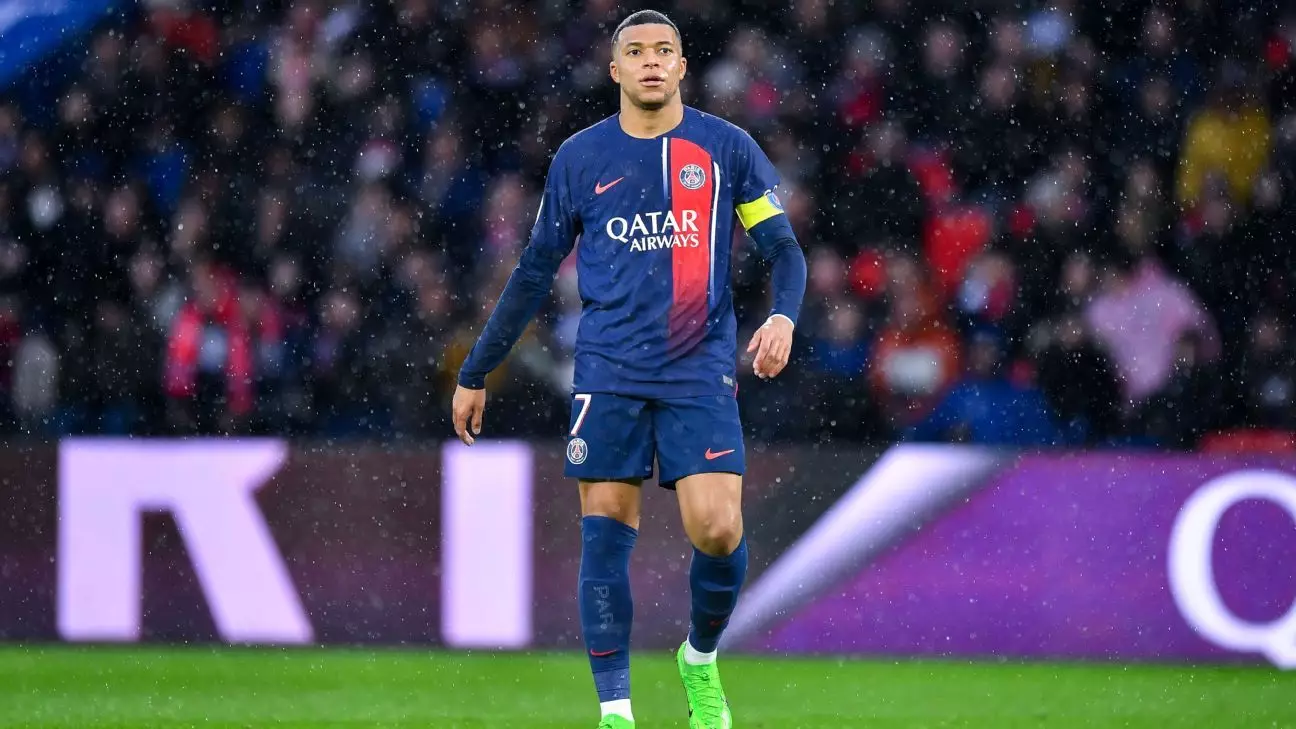The financial landscape of European club football is constantly evolving and changing, with revenue streams shifting and growing. UEFA’s annual report for 2023 provides a comprehensive look at the top-earning clubs in terms of replica kit sales. This report combines each club’s kit manufacturer sponsorship revenues with their total merchandising revenues, giving us an insight into their global popularity through official apparel sales.
One of the key trends highlighted in UEFA’s report is the significant increase in kit sales and merchandising revenues since 2019. The post-pandemic era has seen a boom in the popularity of elite European football, coupled with the ever-growing influence of commercialisation at the top of the sport. This trend is evident in the figures, with revenues rising by approximately 60 percent in just a few years.
Unsurprisingly, the top 10 clubs in UEFA’s kit revenue breakdown are dominated by prominent teams from the “big five” European leagues. These clubs have secured lucrative kit deals with the leading suppliers in the market, solidifying their position at the top of the revenue charts. It’s clear that commercial partnerships play a crucial role in the financial success of these clubs.
Tottenham’s entry into the top 10 is attributed to their long-term kit supply deal with Nike, signed in 2018. Similarly, Juventus has maintained a high level of kit revenue despite experimenting with unconventional shirt designs. Chelsea’s retro-themed kits proved to be a hit among fans, helping them secure a spot in the top 10 despite initial struggles with sponsorship deals.
Arsenal has successfully ramped up their kit and apparel revenue by releasing innovative designs and collaborating with designers. Paris Saint-Germain, with its collaboration with Michael Jordan’s “Jumpman” brand, has seen a significant increase in replica kit sales. Manchester United’s longstanding commercial initiatives have placed them at the forefront of global merchandising, showcasing the diverse revenue streams available to top clubs.
Liverpool’s success in shirt sales and merchandise income has propelled them to the top of the Premier League revenue charts. Bayern Munich’s enduring partnership with Adidas has led to a steady rise in annual merchandise revenue. Real Madrid’s iconic partnership with Adidas has solidified their status as one of the most commercially successful clubs in the world.
Barcelona’s merchandise revenue leap in recent years has positioned them as the most lucrative shirt design in European football. This financial success comes at a crucial time for the club, as they navigate through challenging economic circumstances. The club’s collaboration with Nike has proven to be immensely profitable, highlighting the importance of strong partnerships in the modern football landscape.
UEFA’s report on the financial landscape of European club football provides valuable insights into the revenue streams of top clubs. The increasing focus on commercialisation and kit sales underlines the importance of strategic partnerships and innovative marketing approaches in driving financial success in the modern football industry. As clubs continue to explore new revenue streams and expand their global reach, the financial landscape of European club football is set to undergo further transformation in the coming years.
